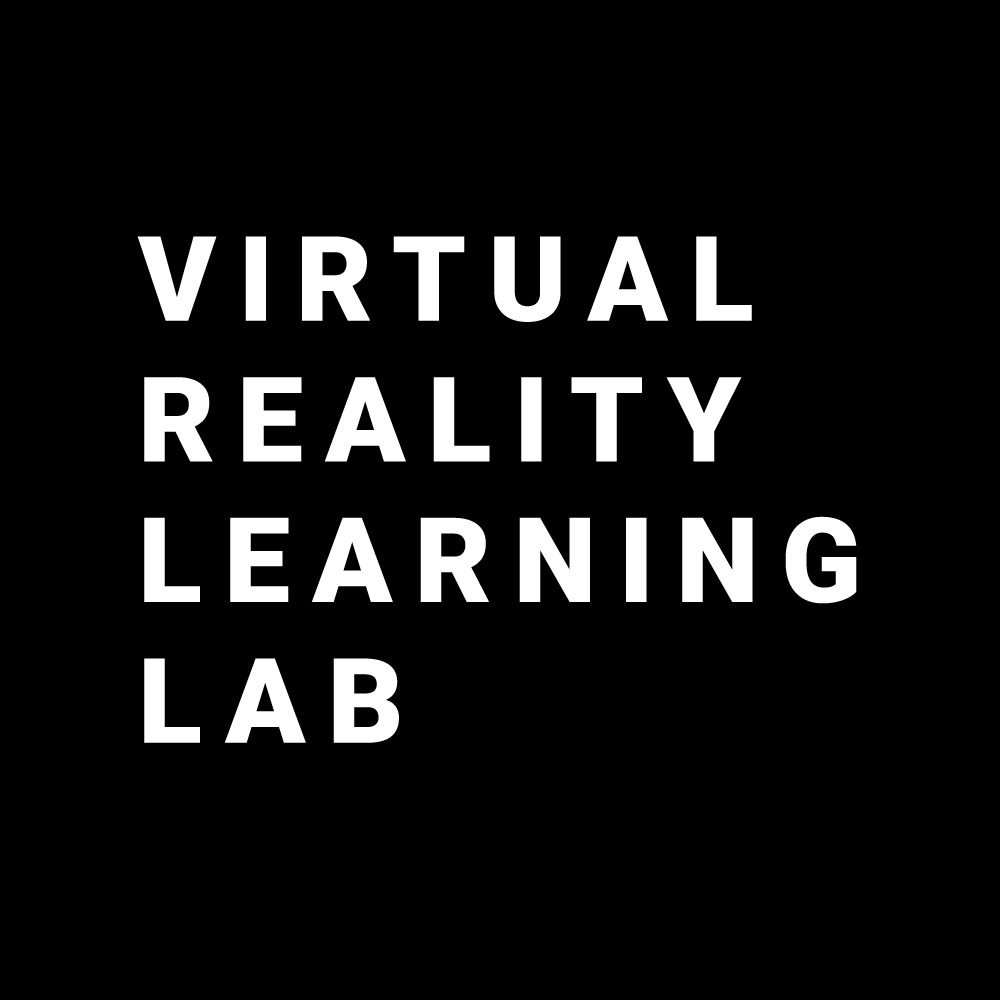“I want to use Virtual Reality in my lessons as soon as possible.”
Great to see such enthusiasm! Good news:you don’t need a bunch of expensive VR headsets and complex applications to get started with Virtual Reality. Here’s how you can integrate this technology into your lessons today (okay, maybe tomorrow).
We would advise you to get started with the Google Cardboard platform. Don’t let the name fool you: there are also headsets made from plastic or other material. The name is really about the entire platform, where the VR experiences run on your phone, which you slide into an inexpensive headset.
Many free or affordable VR experiences are readily available to use in your lessons!

How to get started
Get your hands on a VR headset compatible with Google Cardboard. The pricing of these goggles starts at about 5 dollars. (It’s even possible to build your own!) You can read more about this kind of headsets in course 1, on the technology behind Virtual Reality (section 1.3.1).
Make sure you and your students have access to a smartphone. Students could bring their own, for example. Most phones are compatible with the Google Cardboard platform nowadays, although e.g. some cheaper Samsung models don’t have the sensors required. The best way is to open a VR experience and see whether you can look around.
The next step is to find suitable content for your students. You can find content in the Play Store (Android) or App Store (Apple). Two great examples are Google Expeditions and Sketchfab.
Google Expeditions
Google Expeditions is a free app that offers more than 900 ‘expeditions’: Go on a virtual school trip to museums, archeological sites, nature reserves, colleges, or explore the human body or different types of cells from the inside. You can find an exhaustive list of the available expeditions here.

Sketchfab
Sketchfab is a tool for creating and sharing 3D models. You can download the free app (available in the Play Store and the App Store) to view 3D models in Virtual Reality. Choose a category that fits the subject that you teach and find an interesting model, ranging from 3D scans of cultural heritage objects to 3D models of well-known design objects and architecture. Below, you can see a 3D model of Trim Castle in Ireland, hosted on Sketchfab (created by user Omnidirectional, 2016).
Next steps
Pro members can use the FIND section (PRO) on the VR Learning HUB to discover more content. Use our filters to view learning materials that fit the educational level of your students, the subject you teach, and the device you’re using. FIND also offers two other rich databases: one with inspiring use cases and experiments from within and outside of education, and one with creation tools that enable you and your students to create VR content yourselves.
